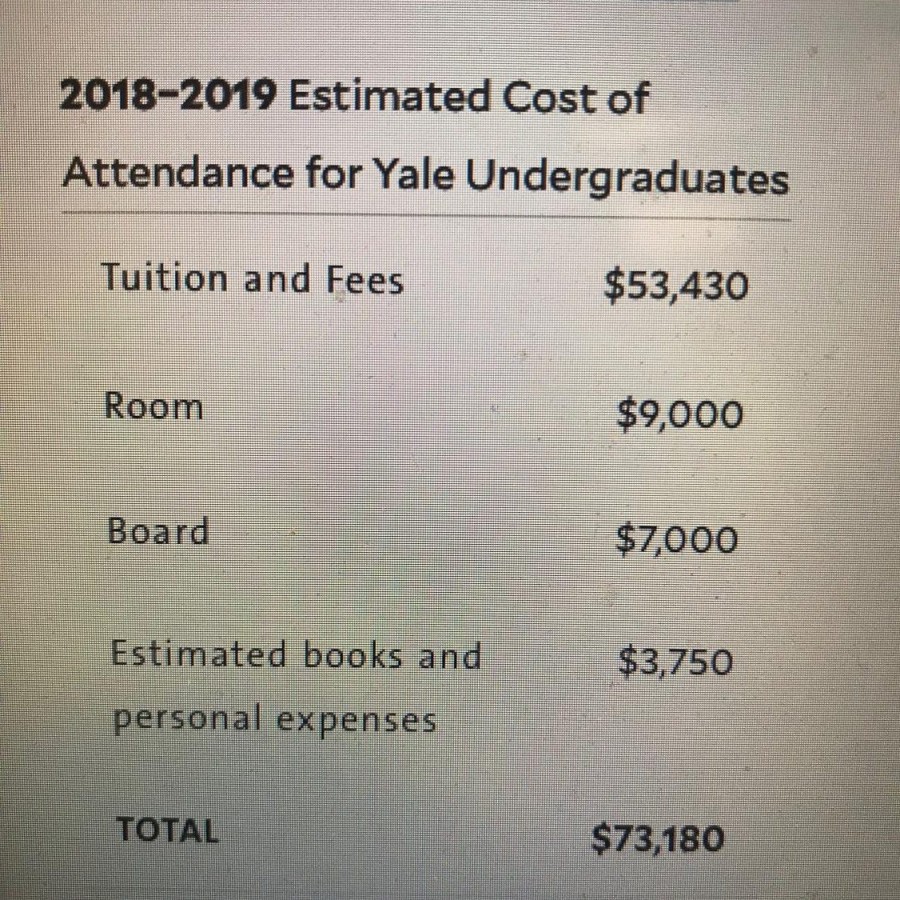The cost of college is the United States is continuing to rise. Today’s middle class is struggling to fund their education without some form of financial aid.
An anonymous PV student says “Costs are a major factor in deciding where to go to school. If I don’t get scholarships and other forms of aid, I will not be able to go to college.”
Why do universities charge so much? How can we solve the problem this creates for students?
According to financial expert Douglas Boneparth, tuition is skyrocketing for three main reasons: the rise of the cost of things on the administrative side, increased demand, and because “when you provide them [students] with student loans for all it’s no surprise that you can charge more for your college education.”
First, costs on the administrative side. According to Boneparth, more of these funds are going toward those who hold higher up positions in universities, such as deans and heads, not necessarily faculty and staff. While this may sound like the cliché “the leaders get all of the money and the employees get nothing”, there could easily be a reason behind it. Maybe our second reason, increased demand, leads to an increased number of attendees and therefore means those who hold higher positions must work harder. Some universities may deem that this is deserving of a higher paycheck.
Finally, the point that stands out most: allowing student loans for all allows colleges to charge essentially as much as they want for a degree. A student is more likely to be able to attend school with the help of a student loan because it will cover a large amount of money. Colleges are aware of this and they know that they can get away with charging a large sum of money because nobody has to pay the cost out of pocket. If everyone did have to pay the cost out of pocket and student loans were more limited, it would be impossible for anyone to afford higher education and colleges would be forced to drive their prices down. It’s economics.
So, ironically enough, the solution to the student debt crisis may not be more loans, scholarships and grants, but less of them.










